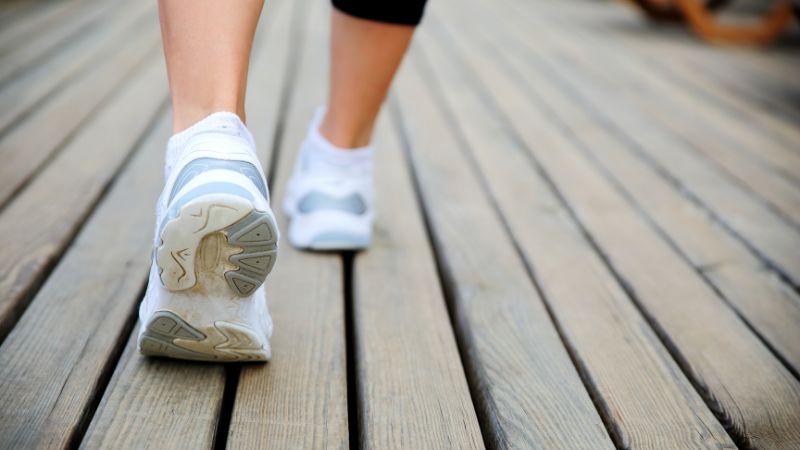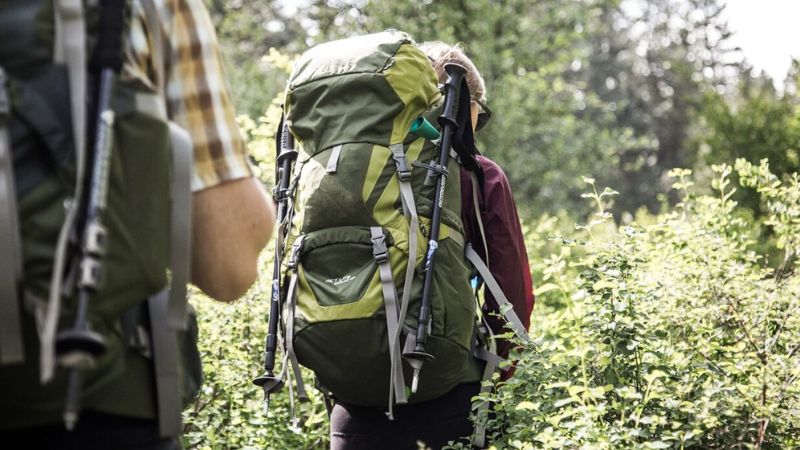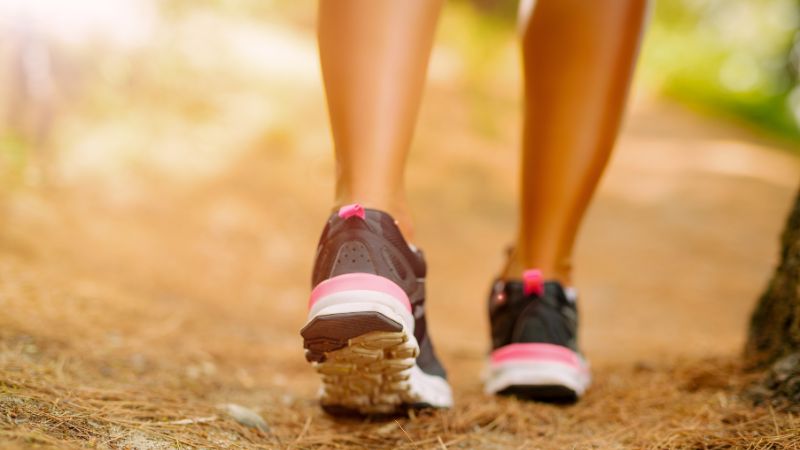Walking regularly is pivotal in reducing visceral fat. However, to optimize weight loss, it should be synchronized with a balanced diet. Here are five recommended walking methods to target visceral fat reduction and improve overall health.
1 How Does Walking Reduce Fat?
Walking is a moderate-intensity physical activity capable of burning calories and reducing fat, especially in the abdominal region. Due to its low-impact nature, walking is suitable for individuals with varying fitness levels.
When you walk with proper technique, focusing on posture and breath, you engage muscle groups, particularly the core, contributing to a firmer midsection. Additionally, regular walking offers multiple health benefits, including improved cardiovascular health, enhanced basal metabolism, elevated mood, and support for weight loss.
To maximize fat loss, it is essential to diversify your walking routines. Varying intensity, speed, and terrain will help maintain efficient calorie burning.
 Benefits of Walking for Fat Loss
Benefits of Walking for Fat Loss
2 Effective Walking Methods for Belly Fat Reduction
Sprint Walking
Sprint walking is a highly effective form of high-intensity interval training (HIIT) that elevates the heart rate and intensifies calorie burning compared to moderate-pace walking.
Each sprint walking interval consists of 30 seconds of brisk walking, followed by 60 seconds of recovery at a comfortable pace. Repeat this cycle 10-15 times, depending on your fitness level.
For optimal results, ensure a thorough 5-minute warm-up before commencing the workout. After completing the intervals, spend another 5 minutes cooling down and performing gentle stretches to aid muscle recovery.
 Sprint Walking
Sprint Walking
Backpack Walking
Walking with a weighted backpack is an excellent method to strengthen muscles, particularly targeting the abdominal, shoulder, and back muscles.
For this exercise, start with a backpack weighing around 5-10kg. The added weight will compel your muscles to work harder to maintain posture and balance. Simultaneously, adjusting your posture to stabilize the backpack will enhance strength.
An ideal training duration for each session is 45-60 minutes. During the walk, maintain a steady pace and focus on keeping your back straight. After the workout, spend time stretching the muscles that were heavily engaged during the walk, such as the legs, back, and shoulders.
 Backpack Walking
Backpack Walking
Long-Duration Steady Walking
Long-duration steady walking involves alternating between moderate and high-intensity walking for 40-50 minutes. This method not only efficiently burns fat but also significantly improves endurance.
Begin with a gentle 5-minute warm-up. Then, spend 10 minutes walking at a moderate pace before increasing your speed to a maximum for 5 minutes. Finally, conclude the session with a 10-minute relaxing walk to facilitate recovery. You can perform this workout in a park, on a running track, or anywhere you feel comfortable.
Note: Listen to your body and adjust the intensity as needed.
 Long-Duration Steady Walking
Long-Duration Steady Walking
Pyramid Walking
The pyramid walking method structures your workout into intervals, with each interval progressively increasing in duration and intensity until it reaches a peak, then decreasing. The peak of the pyramid represents the interval with the highest intensity and duration.
A typical session lasts 30 to 40 minutes, including warm-up and recovery time.
How to Do It:
-
Warm-up: Start with a gentle 5-minute walk to warm up your body.
-
Increasing Intensity: Begin with 1 minute of brisk walking (around 5-6km/h), then rest for 1 minute by walking slowly (approximately 3-4km/h). Gradually increase the brisk walking duration to 2 minutes, then 3 minutes, and finally decrease it to 2 minutes and 1 minute.
-
Recovery: Finish the workout with a 5-minute gentle walk and some light stretches to relax your body.
 Pyramid Walking
Pyramid Walking
Low-Intensity Steady Walking
Low-intensity steady walking is highly regarded for its ability to enhance endurance, improve cardiovascular health, and support fat loss. An ideal walking duration for a session is approximately 60 minutes, making it perfect for beginners or recovery days after high-intensity workouts.
Maintain a steady pace during the walk, focusing on deep breathing and a straight back. This type of walking not only burns energy but also improves posture and reduces stress.
Note: After the session, perform gentle stretches to relax your muscles, improve flexibility, and reduce the risk of injury.
 Low-Intensity Steady Walking
Low-Intensity Steady Walking
These are the top five walking methods to reduce visceral fat more effectively. Hopefully, you can find an approach that suits your needs and enhances your health journey.
Is Running Better Than Walking? Should You Walk or Run?
Running and walking are two of the most popular forms of exercise, but which is better? This age-old question has been debated by fitness enthusiasts and medical professionals alike. It’s time to explore and uncover the unique benefits of these two activities and discover which one deserves a place in your fitness routine.



































